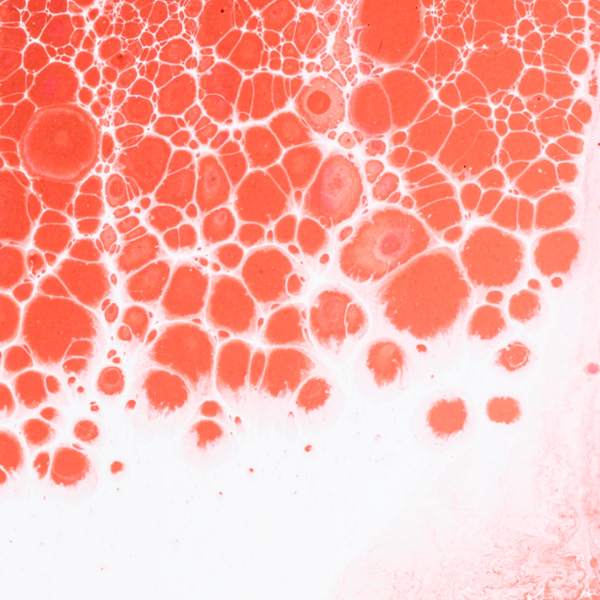Key Benefits
- See if excess uric acid is driving gout risk and joint flares.
- Spot hyperuricemia early; act before crystals form and pain starts.
- Explain hot, swollen joint attacks when levels exceed ~6.8 mg/dL saturation.
- Guide treatment goals; aim serum urate under 6.0 mg/dL to prevent flares.
- Track therapy response to allopurinol or febuxostat; confirm steady, sustained urate lowering.
- Protect kidneys by flagging levels linked to stones and chronic kidney disease.
- Flag cardiometabolic risk using uric acid/HDL ratio; higher ratios suggest worse risk.
- Guide lifestyle tweaks; reduce purines, alcohol, fructose, and improve HDL with exercise.
What are Gout
Gout biomarkers are blood and urine measures that show how much uric acid your body is carrying and how your tissues are responding. The central biomarker is uric acid in the blood (serum urate), produced when the body breaks down purines in the liver. When serum urate rises beyond what fluids can hold, needle‑like crystals of monosodium urate can form in joints and soft tissues, triggering sudden, painful inflammation. Markers of that inflammation—such as C‑reactive protein (CRP) and erythrocyte sedimentation rate (ESR)—reflect how active a flare is. Kidney function measures (creatinine, estimated glomerular filtration rate [eGFR]) and uric acid in urine (urinary urate) indicate how efficiently the kidneys are clearing urate. Together, these biomarkers reveal the “pressure” toward crystal formation, signal the presence and intensity of inflammation, and help track response to urate‑lowering therapy. In short, they translate the biology of gout—urate load, crystal risk, and immune activation (NLRP3–IL‑1β pathway)—into actionable numbers that guide prevention and control.
Why are Gout biomarkers important?
Gout biomarkers track how the body makes, moves, and disposes of uric acid—the end-product of purine metabolism that can crystallize in joints and kidneys and amplify inflammation. They reflect joint health, kidney filtration, vascular tone, and metabolic balance, so they matter well beyond a painful big toe.
Serum uric acid typically sits around 3–7 in men and 2.5–6 in premenopausal women, tending to be lower in children and early pregnancy, and rising after menopause or later in pregnancy. For preventing crystal formation, “optimal” usually falls in the lower-to-middle part of that range, because risk climbs when levels persistently exceed the solubility point around 6–7. The uric acid/HDL ratio does not have a standardized reference interval, but lower ratios generally indicate a healthier metabolic profile; higher ratios track with insulin resistance, fatty liver, and greater gout severity.
When values are low, they usually reflect reduced production or increased kidney excretion. Most people feel fine and have fewer or no gout flares. Very low levels can occur with rare enzyme defects or marked uricosuria and may be linked to kidney stone risk or exercise‑induced kidney injury. Women—especially before menopause—and children often run lower without symptoms; early pregnancy lowers urate via increased renal clearance.
Big picture: uric acid sits at the crossroads of purine metabolism, kidney handling of electrolytes, innate immunity, and cardiometabolic health. Persistently high levels can drive joint flares, tophi, and kidney disease and are associated with hypertension and cardiovascular risk, while a lower uric acid/HDL ratio generally signals better long‑term outcomes.
What Insights Will I Get?
Gout biomarkers matter because urate handling sits at the crossroads of energy metabolism, kidney excretion, vascular tone, and inflammation. When this system is imbalanced, crystals can form in joints and signal wider cardiometabolic stress. At Superpower, we test these specific biomarkers: Uric Acid and the Uric Acid/HDL ratio.
Uric Acid is the end-product of purine breakdown (urate) that the kidneys primarily clear. When blood urate exceeds its saturation threshold, monosodium urate crystals can deposit and trigger gout. HDL is the “good” lipoprotein with antioxidant and anti-inflammatory actions; the Uric Acid/HDL ratio reflects urate load in the context of HDL’s protective capacity. Higher ratios have been associated with greater cardiometabolic and gout-related risk.
For stability and healthy function, Uric Acid levels kept below the crystallization point support quiet joints and gradual crystal dissolution, while persistently elevated levels increase the likelihood of deposits and flares. A lower Uric Acid/HDL ratio suggests a more resilient redox and inflammatory environment for both synovium and vessels; a higher ratio signals imbalance that can destabilize gout control and track with broader metabolic strain.
Notes: Interpretation is influenced by kidney function, age, sex hormones (e.g., postmenopause), and pregnancy (urate handling changes across trimesters). Acute illness and an active gout flare can transiently lower measured urate despite crystal activity. Medications such as diuretics, low-dose aspirin, cyclosporine/tacrolimus, and niacin can raise urate; urate-lowering therapies reduce it. HDL and the ratio vary with inflammation, hormones, and some lipid-lowering drugs. Lab methods differ slightly across facilities.







.avif)



.svg)





.svg)


.svg)


.svg)

.avif)
.svg)










.avif)
.avif)
.avif)


.avif)
.png)


